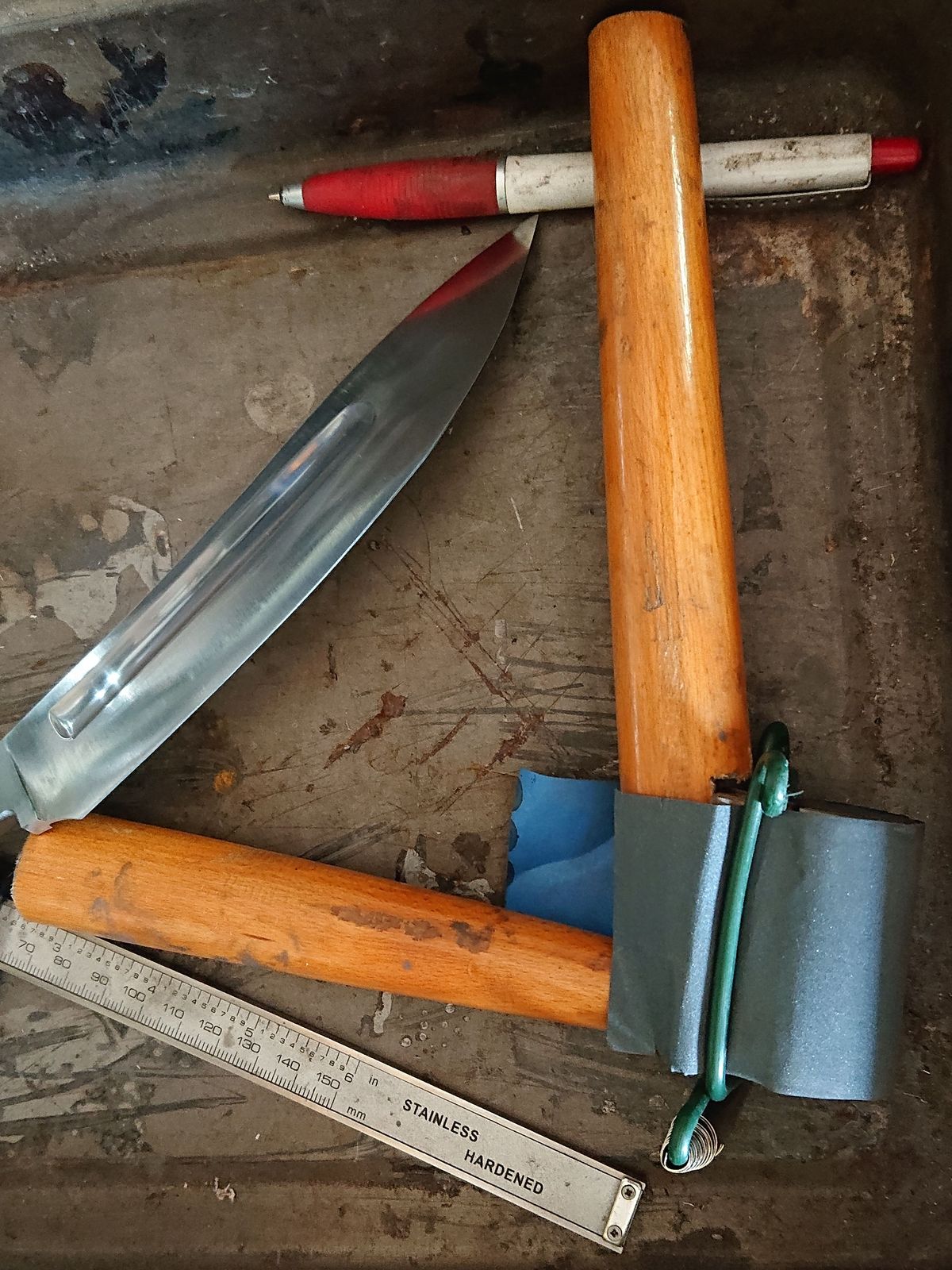I was not trying to photograph this one. I did not even see it – I was aiming for a grasshopper. But the camera autofocused on this tiny spider who seems to have caught an even tinier insect.
There was a beautiful, big facehugger, bright yellow like a bead. But it was raining and the next day I could not find it. I only found this tiny one, hiding behind one of the petals.









































